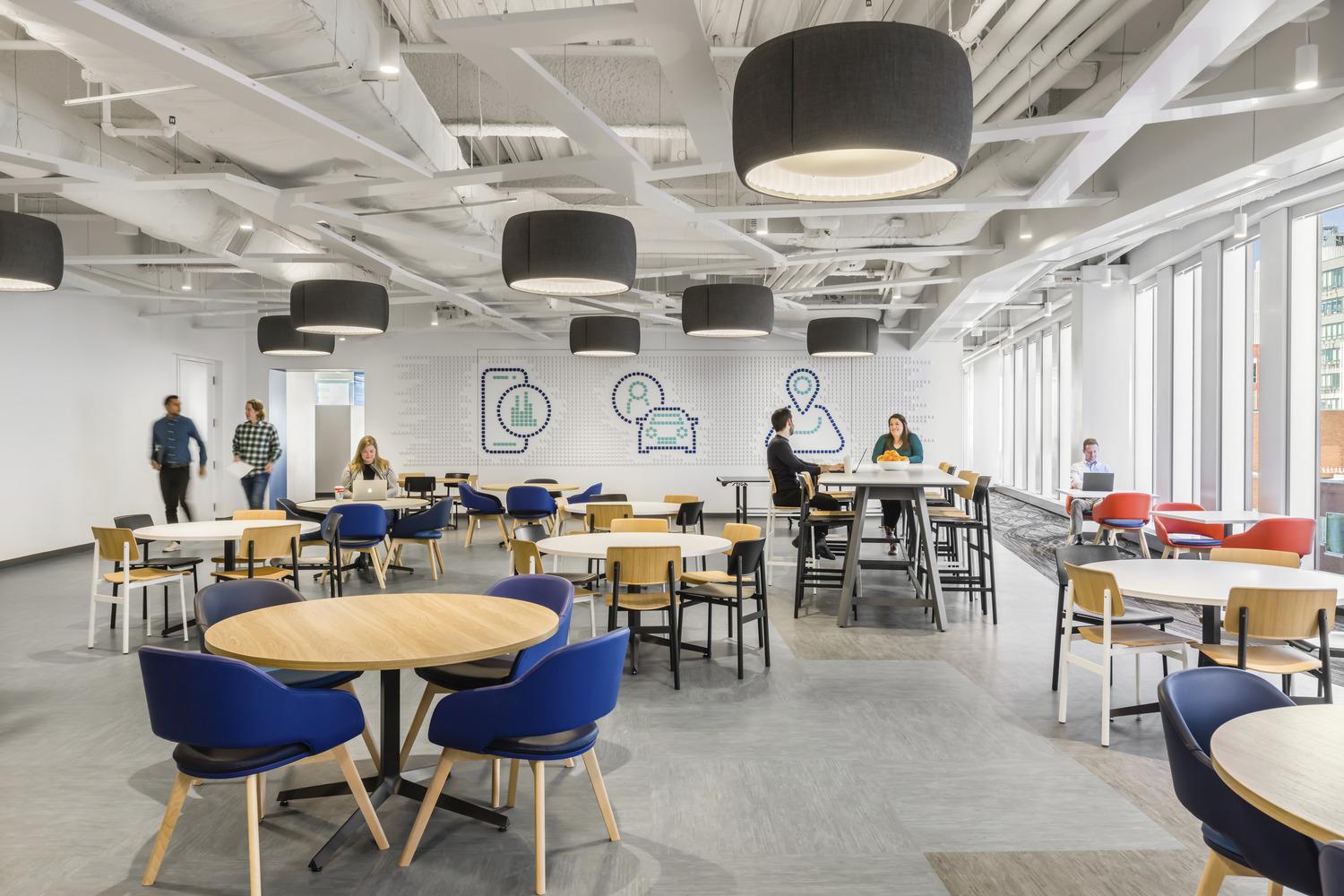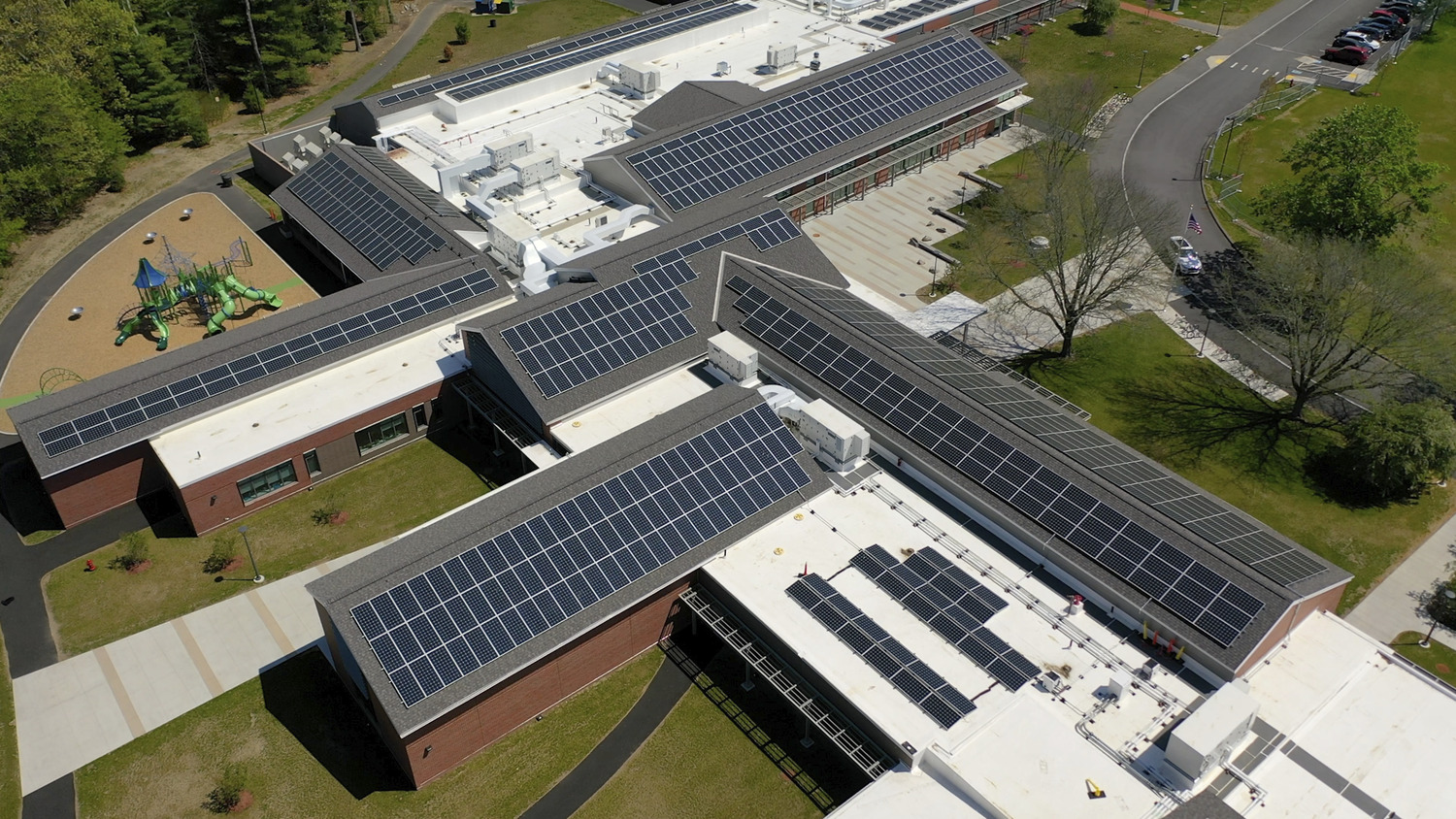Entrada Therapeutics
View Project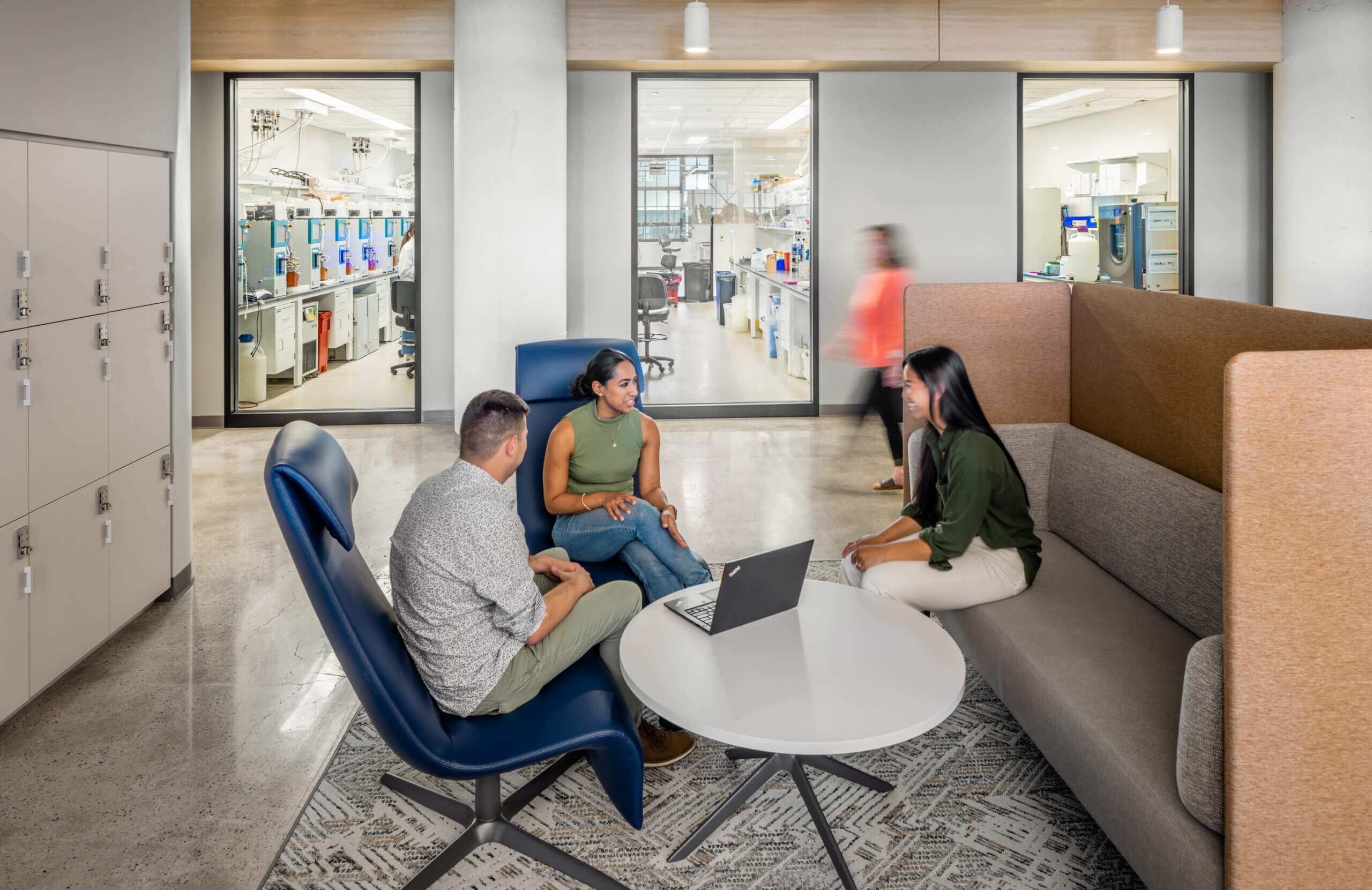
Years after the shift to hybrid work, many U.S. employees continue to prefer working from home.
Data shows a consistent level of remote workdays since 2021. In other words, the “back-to-office” conversation is over. So, what’s next?
Creating better work experiences for employees should still be the number one goal of any company. But achieving this requires a new, more strategic approach to workplace. It means understanding that your people’s working experiences are not limited to the work they perform, but where and how they perform it.
Harvey Performance Co.
View Project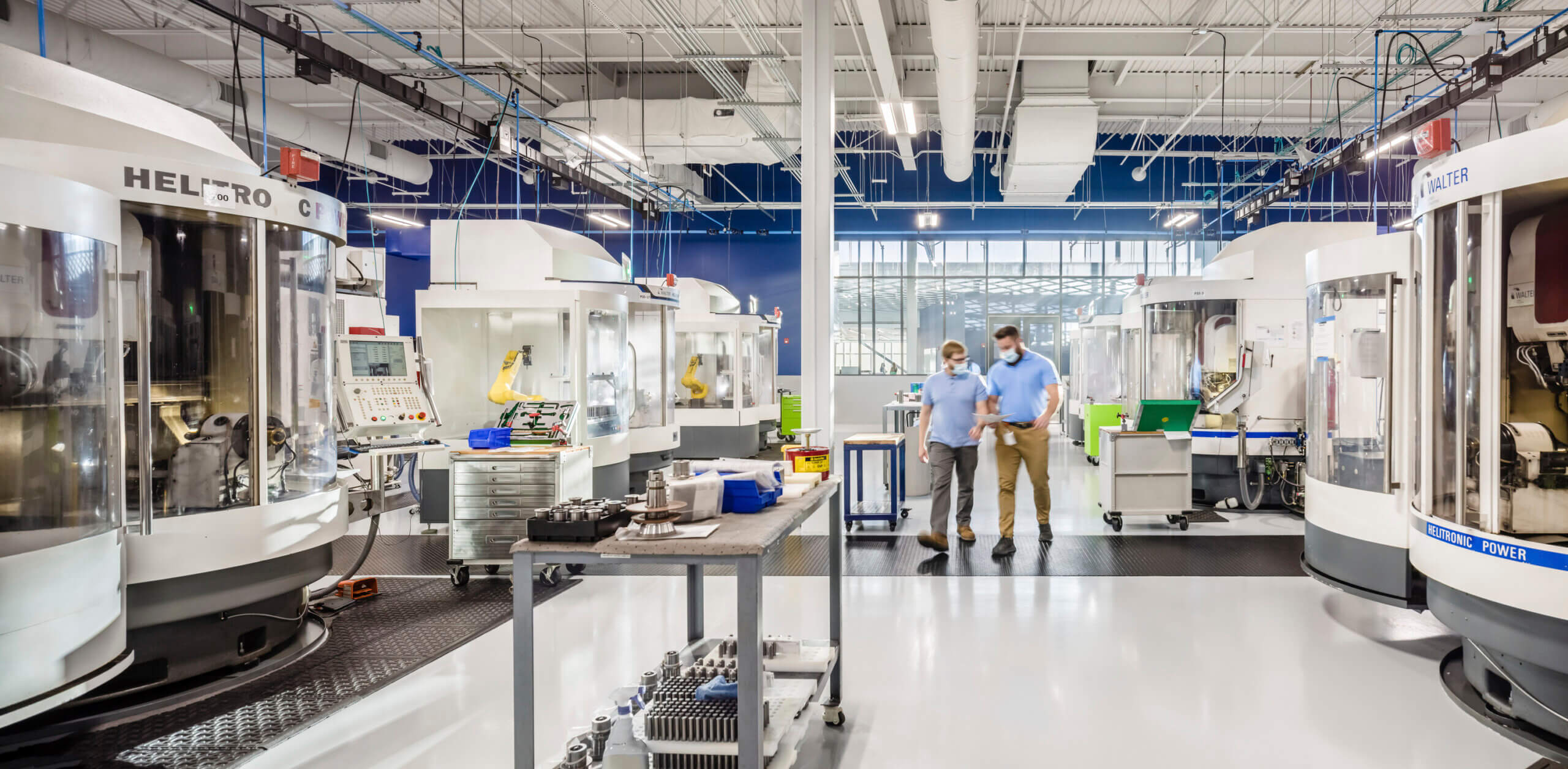
To be clear, when we say “workplace”, we are not only talking about office jobs. A workplace is anywhere that people work. Workplaces come in all shapes and sizes: Offices, laboratories, warehouses, production and logistics facilities, manufacturing, and hospitality venues.
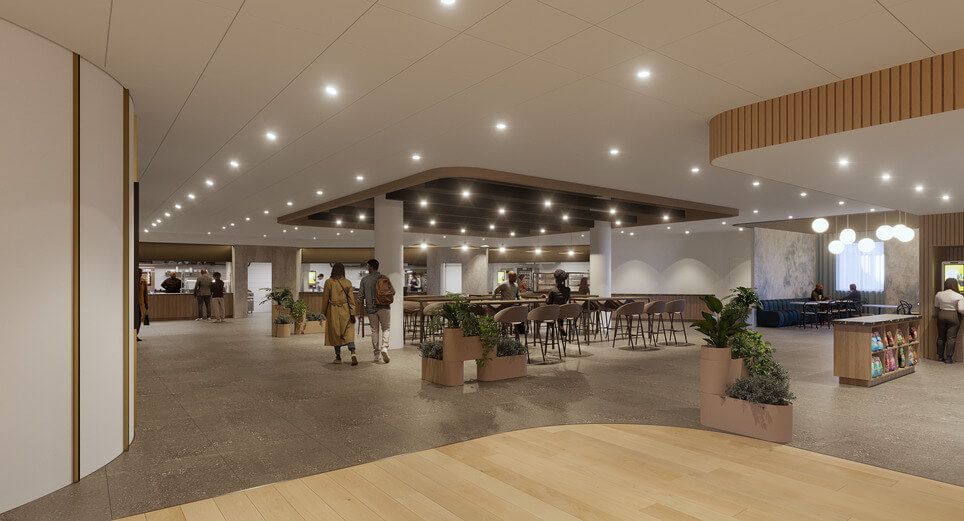
Workplace design can help define how an organization manages and organizes its people in relation to their work environment. It’s important to show your workers that, no matter where or how they choose to work, you are committed to providing them with the best experience possible—not just on day one, but throughout their careers.
Blue Sky Center
View Project
We have designed workplaces for a broad mix of clients, from life science and fintech start-ups to global technology companies. Even landlords and developers benefit from understanding what your potential customers are looking for as a prerequisite to making your product (i.e. a building) more marketable.
Programming questions that companies can ask themselves early in the design process to ensure better outcomes:
- What type of experience do you want out of your workplace?
- How should your workplace function?
- What are your greatest operational risks?
- How much space do you need?
- What adjacencies are critical?
- How can you account for growth?
- What is your workplace strategy?
- How do you use your workplace?
- What is the feedback mechanism to continuously improve?
Fintech Company
View Project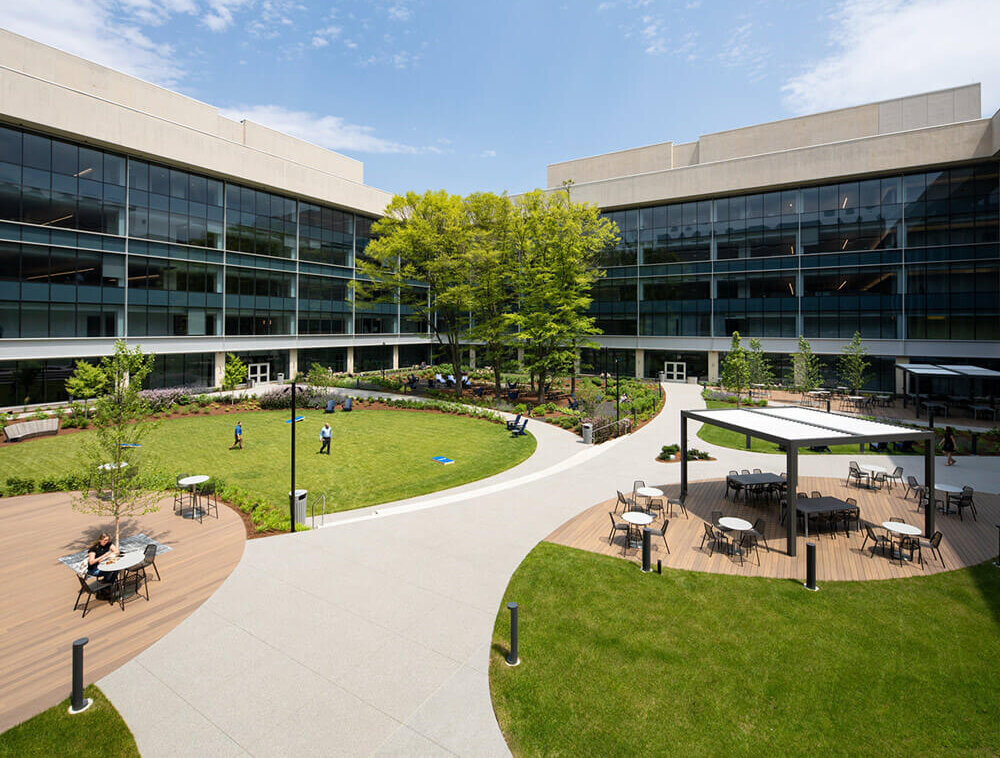
Many companies see workplace design as an offshoot of their real estate strategy. Figure out your location, goes the thinking, and talent will follow. This, in our opinion, is backwards. You cannot know where your business should function before you know what kind of environment your people are likely to thrive in.
The advantages are threefold. First, you will be positioned to design dynamic and high-performance workplaces that your employees will love. Second, you can make more informed real estate decisions and better optimize your portfolio. Third, you can create feedback mechanisms that allow you to continually evolve your workplace environment to both reflect and support your organization’s evolution—no matter what earth-changing events may lie ahead.
